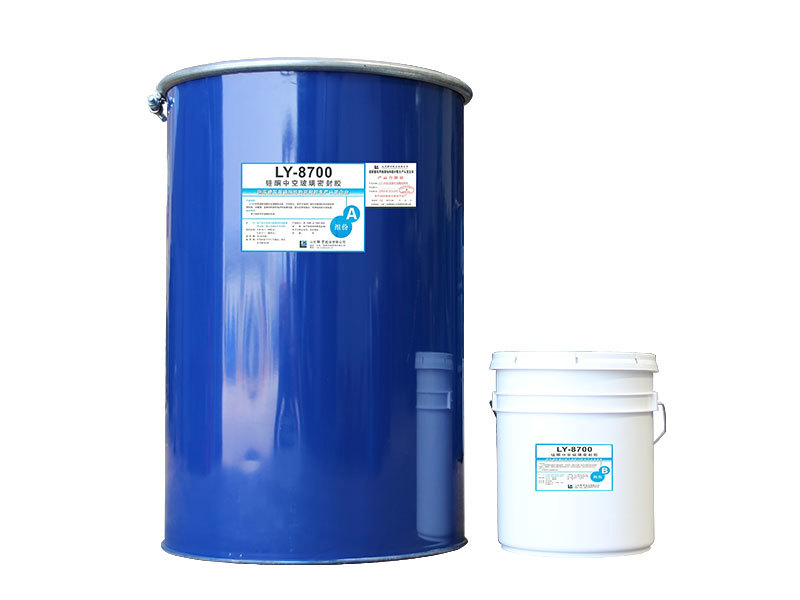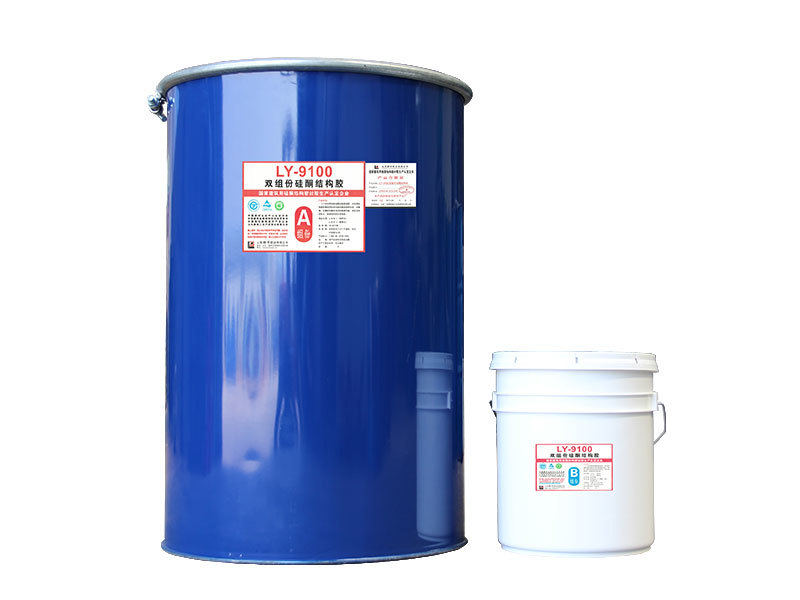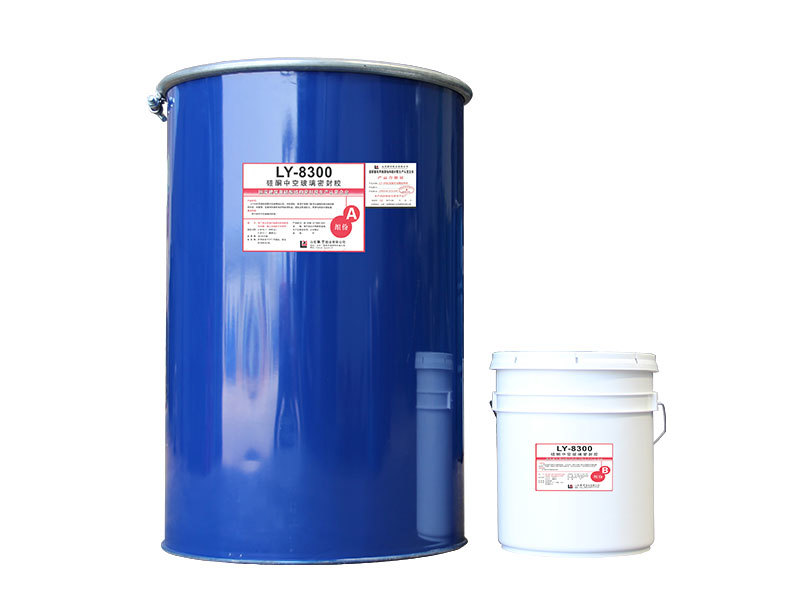Innovative Solutions: Two Component Silicone Sealant Explained
Upload Time:
2025-04-14
Innovative Solutions: Two Component Silicone Sealant Explained Table of Contents 1. Understanding Two Component Silicone Sealants 2. The Chemistry Behind Two Component Silicone Sealants 2.1 Components of Silicone Sealants 2.2 Curing Mechanisms 3. Benefits of Using Two Component Silicone Sealants 4. Applications Across Industries 4.1 Construction Industry 4.2 Automotive Applications 4.3 Electronics

Innovative Solutions: Two Component Silicone Sealant Explained
Table of Contents
1. Understanding Two Component Silicone Sealants
2. The Chemistry Behind Two Component Silicone Sealants
2.1 Components of Silicone Sealants
2.2 Curing Mechanisms
3. Benefits of Using Two Component Silicone Sealants
4. Applications Across Industries
4.1 Construction Industry
4.2 Automotive Applications
4.3 Electronics and Electrical Applications
5. Application Techniques for Optimal Performance
6. Environmental Considerations
7. Comparison with Other Adhesives and Sealants
8. FAQs about Two Component Silicone Sealants
9. Conclusion
1. Understanding Two Component Silicone Sealants
Two-component silicone sealants represent a significant advancement in adhesive technology. Unlike single-component silicone sealants, which cure upon exposure to moisture in the air, two-component systems consist of a base and a curing agent that must be mixed prior to application. This unique formulation allows for enhanced characteristics such as better adhesion, more robust durability, and improved resistance to environmental factors. By understanding how these sealants work, we can better appreciate their diverse applications in various industries.
2. The Chemistry Behind Two Component Silicone Sealants
To grasp the full potential of two-component silicone sealants, it's essential to delve into their chemical composition and curing mechanisms.
2.1 Components of Silicone Sealants
Two-component silicone sealants typically consist of a silicone polymer (the base) and a curing agent, which is often a silane or a metal oxide. The base provides the flexibility and durability, while the curing agent triggers the cross-linking process that transforms the liquid into a solid elastomer. This combination results in a sealant that is not only strong but also maintains elasticity over a wide temperature range.
2.2 Curing Mechanisms
The curing process of two-component silicone sealants is a chemical reaction that occurs once the two components are mixed. This exothermic reaction produces a flexible, durable elastomer that can withstand various environmental conditions, including moisture, UV exposure, and extreme temperatures. The speed and efficiency of this curing process can be influenced by factors such as temperature, humidity, and the specific formulation of the sealant.
3. Benefits of Using Two Component Silicone Sealants
Two-component silicone sealants offer a plethora of advantages that make them a preferred choice for many applications. Here are some of the key benefits:
- **Enhanced adhesion:** The chemical bonding formed during curing allows for superior adhesion to a wide variety of substrates, including metals, plastics, and glass.
- **Durability and longevity:** These sealants exhibit excellent resistance to wear, tear, and environmental factors, ensuring a long-lasting bond.
- **Wide temperature range:** Two-component silicone sealants remain functional across a broad temperature spectrum, making them ideal for applications in extreme conditions.
- **Chemical resistance:** They offer impressive resistance to chemicals and solvents, making them suitable for industrial environments.
4. Applications Across Industries
The versatility of two-component silicone sealants makes them suitable for numerous applications across various sectors.
4.1 Construction Industry
In the construction industry, two-component silicone sealants are used for sealing joints and gaps in buildings, providing waterproofing solutions that enhance energy efficiency and prevent damage from the elements. Their ability to withstand movement and vibration makes them ideal for structural joints and facade applications.
4.2 Automotive Applications
In automotive manufacturing and repair, these sealants are essential for bonding and sealing components such as windows, doors, and engines. They help in preventing water ingress and providing sound insulation, ensuring vehicles are both safe and comfortable.
4.3 Electronics and Electrical Applications
The electronics industry benefits from two-component silicone sealants for their excellent dielectric properties and moisture resistance. These sealants protect sensitive components from moisture and dust, ensuring the longevity and reliability of electronic devices.
5. Application Techniques for Optimal Performance
To achieve the best results with two-component silicone sealants, proper application techniques must be followed:
- **Surface preparation:** Ensure that the surfaces are clean, dry, and free of contaminants. This step is crucial for achieving optimal adhesion.
- **Mixing ratios:** Always adhere to the specified mixing ratios provided by the manufacturer to ensure proper curing and performance.
- **Application tools:** Utilize appropriate tools such as caulking guns for even application and to minimize waste.
- **Curing conditions:** Monitor environmental conditions during curing to achieve the best results, ensuring that temperature and humidity levels are within the recommended ranges.
6. Environmental Considerations
As industries move towards more sustainable practices, two-component silicone sealants are gaining attention for their environmental benefits. Many formulations are designed to be low in volatile organic compounds (VOCs), minimizing their impact on air quality. Additionally, these sealants can contribute to energy efficiency in buildings by preventing air leaks and enhancing insulation.
7. Comparison with Other Adhesives and Sealants
When comparing two-component silicone sealants to other adhesive options, it's essential to consider factors such as adhesion strength, flexibility, and environmental resistance. While some adhesives may offer quick curing times, they often lack the durability and resistance that two-component silicone sealants provide. Traditional single-component sealants may be easier to apply, but they cannot match the overall performance of their two-component counterparts in demanding applications.
8. FAQs about Two Component Silicone Sealants
What is the difference between single-component and two-component silicone sealants?
Single-component silicone sealants cure when exposed to moisture, while two-component sealants require mixing a base and a curing agent before application.
How long does it take for two-component silicone sealants to cure?
Curing time varies depending on the formulation and environmental conditions, but it generally ranges from a few hours to a couple of days for full cure.
Can two-component silicone sealants be painted over?
Most two-component silicone sealants can be painted over, but it's essential to verify with the manufacturer to ensure compatibility with paint products.
Are two-component silicone sealants resistant to UV light?
Yes, these sealants have excellent UV resistance, making them suitable for outdoor applications without degrading over time.
What safety precautions should be taken when using two-component silicone sealants?
Always wear appropriate personal protective equipment (PPE), such as gloves and safety goggles, and ensure good ventilation during application to minimize exposure to fumes.
9. Conclusion
Two-component silicone sealants offer innovative adhesive solutions that are revolutionizing many industries, from construction to automotive and electronics. Their unique composition and curing mechanisms enable them to provide excellent adhesion, durability, and resistance to environmental factors. By understanding their benefits and proper application techniques, industries can harness the full potential of these advanced sealants, paving the way for more resilient and sustainable solutions in adhesive technology.
Relevant News



